Ireland has enjoyed a long and storied history with the Open Championship since early in the 20th century. Ahead of this year's 146th playing of the tournament we countdown the 10 most memorable Irish moments at golf's oldest championship.
10. Portrush plays host
In two year's time the Open Championship will return to these shores for the first time in 68 years with Royal Portrush once again the host. This small area of the northern coast has punched well above its weight in the golfing world over the years with Fred Daly, Graeme McDowell and Darren Clarke bringing three major championships between them back to an unassuming golfing hotbed.
In 1951 the 80th staging of golf's oldest championship took place outside Scotland or England for (what remains to this day), the first time ever. The difficulty of even travelling to Ireland at the time, coupled with the fact that the US PGA Championship in Pittsburgh only concluded on the Tuesday before play started, meant that just 148 players – the lowest since 1904 – entered the tournament. The fairytale finish would have been for home player and champion of 1947, Fred Daly, to claim a second claret jug and it looked like it could happen after a second round 70 moved him into a tie for third. However, from there he stalled and England's Matt Faulkner – who took the lead after the second round – cruised to a two-shot victory at three under par for his one and only major title.
9. Ireland’s Open pioneer
The Open had first taken place in 1860 but it was a full 53 years before an Irishman came anyway close to the title. His name was Michael Moran and he came from the Irish golfing Mecca of Royal Dublin. Moran had been born in Curley's Yard – located between the third and 13th holes of the old links – and was enshrined in golf from the get-go. Four years previously, in 1909, he had become the first Irishman to play in the British Open.
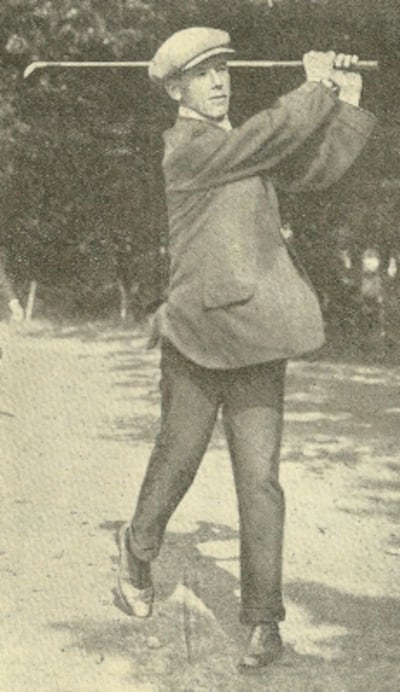
In 1913 he travelled to Hoylake to take on the 65-strong field at the 53rd Open Championship. Moran was well-placed going into the third round before the gale force winds blew his chances off course. Eventual winner JH Taylor takes up the story in his autobiography: “I stopped to watch Moran drive off and play around the corner. Mike was a light-weight, and it is but the exact truth to state that he found it almost impossible to stand up to the ball and swing the club. I saw him play five shots before rounding the bend and a few minutes later word came that he had taken ten for the hole and his chance virtually gone. I was sorry for Mike then, but was sorrier still when we heard some eighteen months later that he had been killed in the war when fighting as a trooper in the Irish horse.”
Sadly, World War I had taken the life of Irish professional golf’s original pioneer before he reached the age of 30. To this day the 14th hole at Royal Dublin is known as “Moran’s” in his honour.
8. O’Connor’s many brushes with history
After Fred Daly's success at Hoylake in 1947 no Irish player won the British Open until Harrington in 2007 – but there were more than a few close calls. Harry Bradshaw came closest by losing in a playoff in 1949 before Christy O'Connor Sr came within two shots of victory at Royal Birkdale in 1965.
The Galway man played in the Open 26 times and finished in the top 10 a remarkable 10 times, but never got his hands on the claret jug. In 1965 the championship was played over three days – with the final two rounds on Friday – for the last ever time. After the opening round O'Connor was just one shot off the lead and a shot ahead of fellow Irishman Joe Carr and an American called Arnold Palmer.
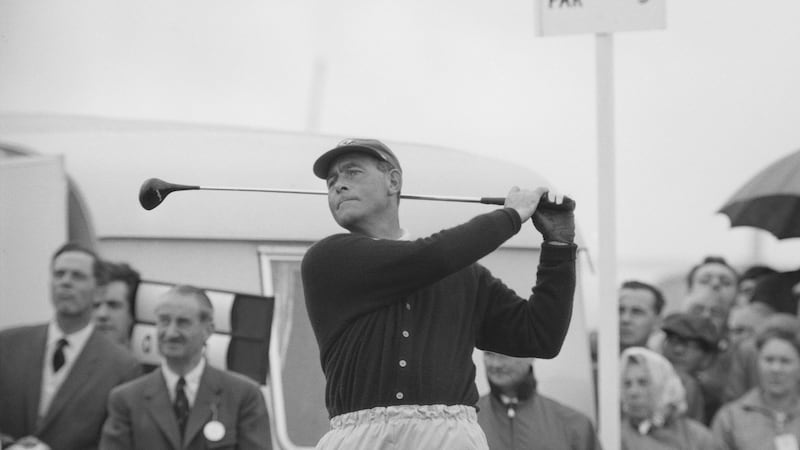
The Galway golfer slipped back a little on the second day and went into the third round in a tie for second with Carr and another Irishman Hugh Boyle. Surely one of the Irish trio could break the 18-year duck since Fred Daly's triumph?
But it wasn't to be. O'Connor finished with rounds of 74 and 71 on Friday to lose by two shots to Australian Peter Thompson, who claimed his fifth claret jug.
7. Bradshaw’s bottle-job
Perhaps the best golfer from this island never to have claimed a major title, Harry Bradshaw was denied a claret jug in a cruel twist of fate at Royal St George’s in 1949.
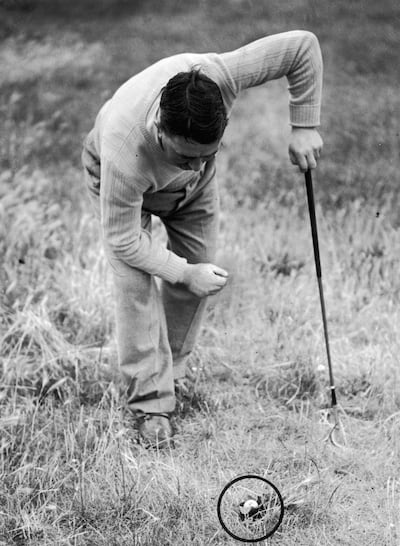
The 10-time Irish PGA champion and twice Irish Open champion was at the top of his game in 1949 having won the Irish Open earlier that year to add to his maiden title in 1947. From Delgany in Co Wicklow he was the latest in the Bradshaw golfing dynasty which included his father and three brothers – all of whom were professionals.
However, it was Harry who came the closest to reaching the very top of the game when he was beaten by Bobby Locke in a playoff for the 49' Open. But, bar an extraordinary incident in the second round, he would have claimed the title. After driving off at the fifth hole he found that his ball had come to rest in a broken champagne bottle. Instead of referring to a rules official – in which case he almost certainly would have got relief – he elected to play from the bottle but only advanced it 20 yards or so. From there he made bogey, ended up tying with Locke and lost in the playoff, meaning the South African would be the one filling the claret jug with bubbly.
6. McIlroy blitzes the Home of Golf
Tiger Woods and Seve Ballesteros – two of golf's most mercurial talents when they first burst onto the scene – both managed to tame St Andrews and win the oldest championship at the home of golf during their careers, but neither did so with their 21st birthday anywhere near their recent memories.
In 2010, just over two months after turning 21 and still almost a year before his infamous Masters meltdown at Augusta, Rory McIlroy looked set to blow the field away and become the youngest champion golfer of the year since 1893 ... after one round he did, at least.
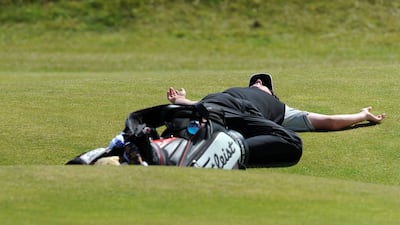
The wonderboy from Holywood had already carded eight consecutive sub-70 rounds at the Old Course before the first round of the 150th Open but, even with very Rory-like conditions of little wind and soft greens, the thought of equalling the major championship scoring record surely wouldn’t have entered his mind. But, seven birdies and an eagle later – including a squandered birdie chance at the 17th which would have seen him set the lowest score in major championship history – the idea of this precocious 21-year-old collecting the claret jug on Sunday became very real.
“It gives me a little bit of a buffer going into the next three days, whatever weather comes our way,” McIlroy said after the round. Unfortunately it wasn’t enough of a buffer as St Andrews lets nobody away that easily. As the wind picked up and reached gale force on the Friday, McIlroy was blown asunder on course to a round of 80 and his hopes of a maiden major title very much flying away on the breeze.
5. Daly sets the ball in motion
The original pioneer of world-beating golfers to come from the Portrush coast of Ulster, Fred Daly set a standard for Irish players that took a long time to follow, before the floodgates eventually opened after Harrington’s 2007 success. Daly had won the Irish Open at Portmarnock the year before and knew as well as anyone how to successfully get the ball around a links course.
He would certainly need to know at Hoylake where the par of 68 meant it played tough ... very tough. All four of the par fives were shortened slightly and made into par fours, giving the players very little chance to pick up birdies. In the end it was a case of limiting the damage as much as possible and Daly did just that.
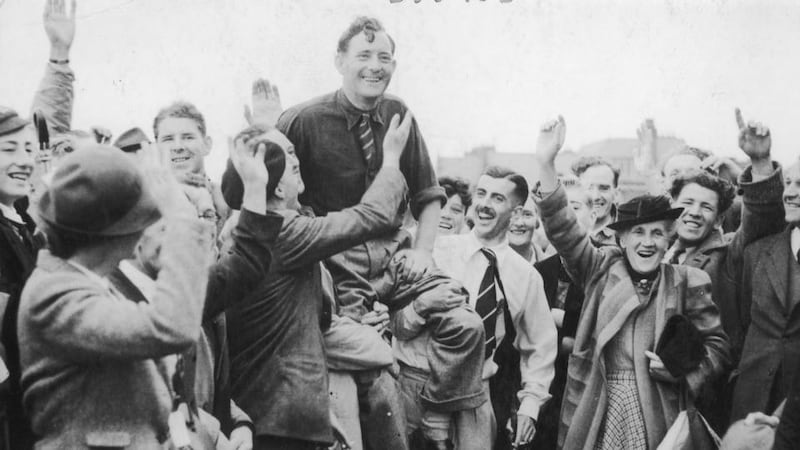
After taking the lead on the second day thanks to the best round of the day – a two over par 70 (no one broke par all week) – Daly managed to remain tied after the third round, despite a 78. Chasing him down was the swashbuckling American amateur Frank Stranahan but his three-putt at the 17th in the final round put paid to his chances, meaning Daly's 72 for a huge total of 21 over par was enough to take the claret jug and the £150 winner's cheque.
4. Clarke revels in the wind and rain
Before Pádraig Harrington’s breakthrough on the major stage and long before Graeme McDowell and Rory McIlroy came anywhere near the world stage, Darren Clarke was the closest the country had to a player at the very top of the game. His win over Tiger Woods in the final of the WGC Matchplay Championship in 2000 was widely expected to be the launchpad to major success. However, it never happened and, by 2011, the chance had seemingly passed.
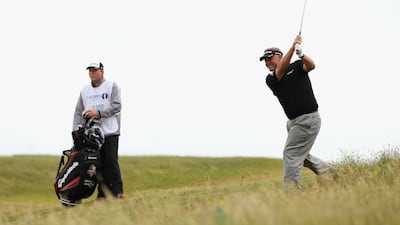
That was until the wind howled and the rain lashed down at Royal St George's – the perfect conditions for a man who had grown up playing on the north east coast of Ireland. Clarke's supreme ball control and a hot putter over the four days saw him take the lead on Friday and never relinquish it, eventually beating Phil Mickelson and Dustin Johnson by three shots to claim the claret jug and the major title which really should have come years earlier.
3. McIlroy blitzes Hoylake
“I’m not a big fan of golf so dictated by the elements ... I’m not going to change my game for one week of the year.” That was how Rory McIlroy reacted to being blown off course at the 2011 British Open at Royal St George’s. By common consensus, the oldest championship in the world was always going to be the one that least suited McIlroy’s high ball-flight and general US-style of play. The most talented golfer ever to come from this island is far from a fan of playing in the tough conditions so often seen on links courses.
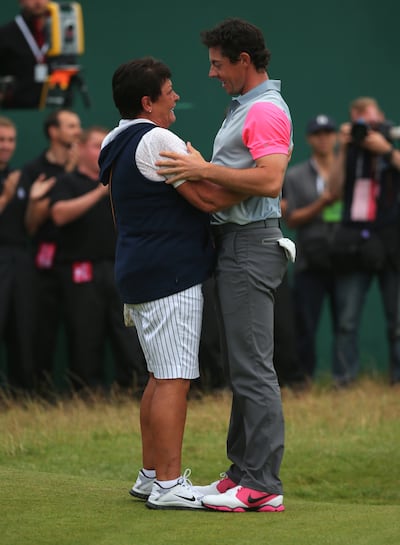
Thankfully, in 2014, he didn’t need to change his game or battle the elements. Heavy rain along the west coast of England in the lead up to the tournament had softened the Hoylake links right up and ensured it played a long way from the burnt brown fiery monster on which Tiger Woods prevailed in 2006. McIlroy blew the field out of the water from the word go, carding consecutive 66s to lead by four after two rounds.
That was extended to six after Saturday's third round. However, it wouldn't all be plain-sailing as a final day charge from Sergio Garcia cut McIlroy's lead to just two shots halfway through the back nine before the Spaniard ran out of steam, leaving McIlroy to par in and claim his third major title. With it, his dad Gerry and a group of friends collected a cool £100,000 after they had placed a bet in 2004 that the then-15-year-old would win the Open within 10 years. Their £200 at odds of 500/1 paid off exactly 10 years later.
2. Harrington joins Daly 60 years on
Carnoustie – widely considered the toughest test on the Open rota – was always going to demand huge mental toughness from the eventual winner. In that category, Pádraig Harrington was a perfect fit. Down the stretch it would come down to a battle of the minds between the obsessive tinkerer, hugely hard-working Harrington and the immensely gifted but mentally fragile Sergio Garcia. There was only ever going to be one winner.
The Spaniard had led from the first round into the last round and, seemingly, had learned from his humiliation on the final day at Hoylake the previous year when Tiger Woods had taught him a lesson. One thing he’d certainly learned was not to kit himself out in canary yellow from head-to-toe.
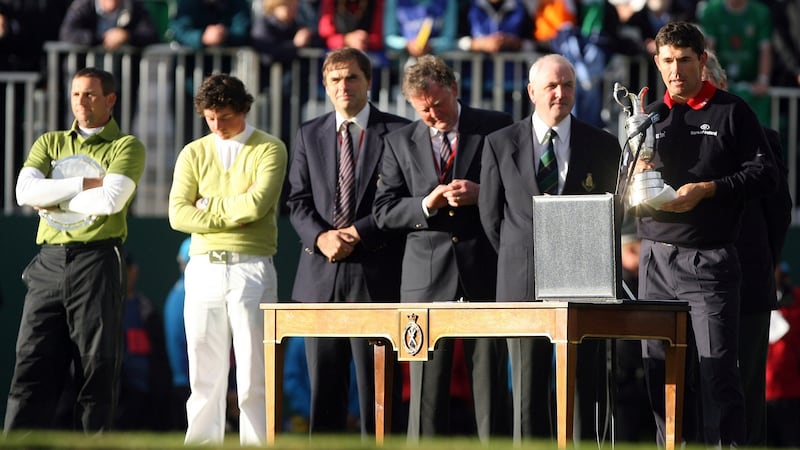
Harrington came flying out of the blocks and registered four birdies before knocking in an eagle at the 14th. Standing on the 18th tee he held a one shot lead. But, then, disaster struck ... twice. First, his drive drifted right and found the Barry Burn. After taking a drop and playing to lay-up he managed to find the hazard again just short of the green. But that’s when the mental strength came through. A beautiful pitch shot, spinning up five feet above the hole, followed by a nerve-jangling putt down the hill for a double bogey six gave him a round of 67 and a chance. Ten minutes later and Garcia’s 15 foot par putt to win his first major title slipped past the left edge. A buoyed up Harrington went into the playoff against a downbeat Garcia and won easy in the end – making a birdie at the first, followed by two pars and a bogey to end a 60-year long Irish drought.
1. Harrington goes back-to-back
It's hard to win one Open Championship. It's even harder to win two. Winning two-in-a-row is a feat that's only been achieved 16 times in 146 Open Championships. Since Tom Watson defended his title at Royal Birkdale in 1983 only Dublin's Pádraig Harrington and a bloke called Tiger Woods have made it back-to-back claret jugs.
Fittingly, then, it was at Birkdale – where the tournament will return to this year for the first time in nine years – where Harrington was crowned Champion Golfer of the Year for the second year running. A wrist injury suffered while swinging a driver one-handed into a bean bag the previous week meant Harrington didn’t play a single practice round on the Monday, Tuesday or Wednesday, instead receiving treatment and making use of the laser treatment offered to him by Phil Mickelson each evening. “He had one of these laser-like treatment machines and I was leaving no stone unturned,” Harrington recently explained.
“We’d have this 45-minute chat every night as I sat there lasering my wrist in his hotel. It was a small room too.” Two of the greatest minds in modern golf could surely sell recordings of those chats for a lot of money.
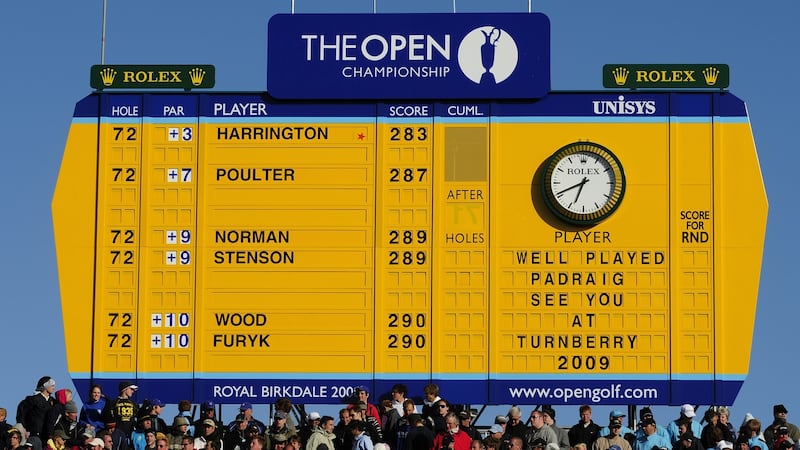
The lack of play was something he would later say helped him as the bad weather, including winds of up to 50mph and driving rain, turned the tournament into a gruelling war of attrition – perfect for the highly energised Harrington who had had three days of rest before his first round. An opening 74 (+4) left him five shots off the lead but from there he improved each day and slowly moved up the leaderboard to trail surprise leader Greg Norman by two shots going into Sunday. Harrington's closing 69 – the highlight of which was a beautiful low five-wood from 249 yards to three feet at the par five 17th to set up an eagle – was enough to give him a total of three over par and a four shot margin of victory over Ian Poulter for the winning score of any British Open every played at the Southport course.













